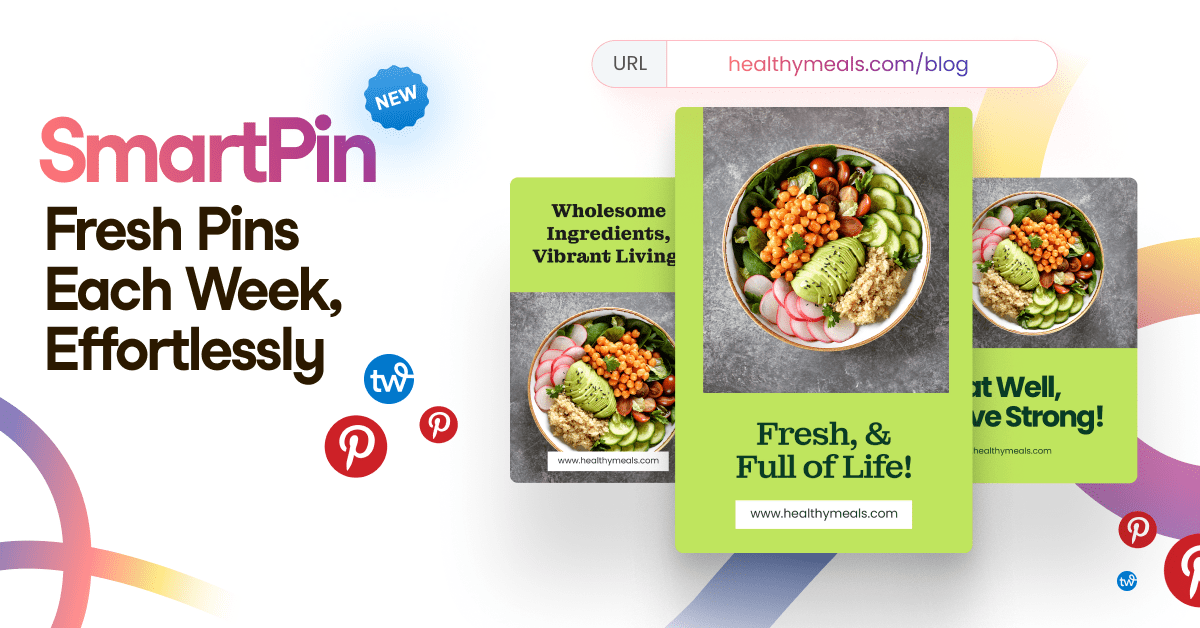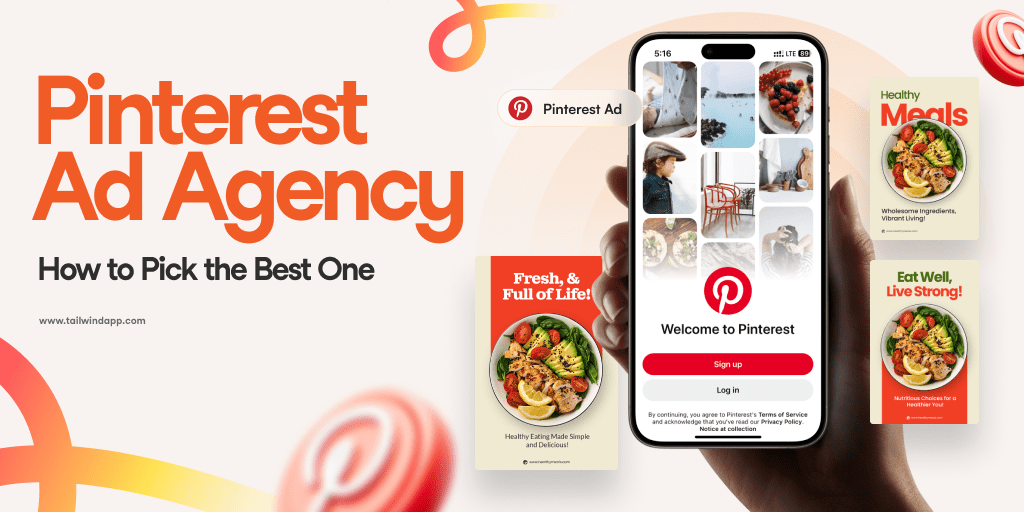
We’ll get straight to the point: content marketing plans are important. Brands with content marketing plans have been shown to net larger profits, lead to more subscribers, and promote business success. Given that 97% of businesses and organizations use content marketing strategies to promote their brand awareness, it’s important to consider how you’ll share your own content with the world!
You need to strategize how to connect with your audiences and think critically about exactly how you’ll increase leads, social media presence, and brand awareness.
And building a successful brand isn’t just about having high-quality content and posting frequently (although that certainly helps.)
If you’re sitting on a collection of content and are ready to share it with the world, creating a thoughtful content marketing plan can set you up for success! Let’s talk about how you can best utilize your content and your brand to connect with your audience!
What is a Content Marketing Plan?
A content marketing plan is a marketing strategy for content creation and distribution. It helps marketers keep their content relevant, meaningful, and consistent when engaging a specific target audience. The ultimate goal of a content marketing plan is to generate profitable customer engagement with a business’s content.
Content marketing plans are made up of several different steps that aim at achieving the goals of the larger campaign. Each step builds on what came before – here’s a helpful visual!
Businesses that don’t use content marketing plans will have no way of knowing their goals or how to measure their progress toward accomplishing them. This is why developing a measurable, goal-driven plan is so important for organizations!
If you need to create a new content marketing strategy, or if your current strategy isn’t working as you’d expect, take a step back and reflect on your brand. You’ll first need to define some goals to work toward. After that, it’s time to research your audience, platforms, and other important elements that are crucial to your success!
You will also need to audit your existing content marketing practices. From there, you’re ready to allocate your resources, create content, and then push that content out to the wild.
Along the way, always remember to measure your progress and adjust your strategy accordingly as you get feedback from your audience. They are who you’re trying to reach, so listening to them will set you up for success!
1. Defining Goals for your Content Marketing Plan
The purpose of a marketing plan is to achieve a goal. Because of that, it’s important that businesses set quantifiable (read: numbers!) and realistic goals that they can achieve instead of qualitative ones. For example, “get a lot of followers on Instagram” is not as specific as “gain a 10% increase in followers on Instagram”.
One way to think about it is to set ‘SMART’ goals: Specific, Measurable, Achievable, Realistic, and Time-sensitive. If work toward these goals is not specific and measurable, it’s difficult to make meaningful steps and changes to achieve them.
Deadlines are also often overlooked. It’s hard to achieve a goal if there’s no timeline in mind. Making goals time-sensitive helps motivate teams, and it also helps teams plan their budgets accordingly.
Key Performance Indicators (KPIs)
When determining the goals of your content marketing plan, it can be helpful to set Key Performance Indicators (KPIs) to help you measure your progress and attain your goals. A few measures that you might consider tracking are:
- Organic traffic
- Conversion rate
- Social shares
- Number of leads
- Sales growth
- Keyword ranking
- Churn rate
Set achievable goals on what metrics you want to achieve before you move forward with creating a content marketing plan.
Each metric has a particular purpose you should consider. There are three main KPI types: financial, social, and performance.
Financial metrics like revenue and customer value help you understand how well your marketing is earning your business money. Social KPIs such as post likes and followers help you understand your reach and engagement with audiences. Performance metrics like search ranking are important for understanding how well your marketing has driven people to your website.
2. Research Beforehand: Competitors, Keywords, and Audience
To get started, study your corner of the world. There are three major factors that you can investigate to help you develop your content marketing plan: competitors, keywords, and your audience.
Study Your Audience
It can be tempting to create content that attempts to appeal to everyone to reach the most people. However, this isn’t the greatest strategy. You might reach more people, but it won’t be as impactful. It will be better for your business, in the long run, to narrow your focus to the people who really matter: a more specific target audience. Creating actionable marketing personas can help you better reach your audiences.
Consider who your audience is. Put yourselves in their shoes and imagine why they would want to buy your product or service. Think about their occupations, income, interests, and especially how they use technology. Use this information to better tailor your content toward your audience. Once you have a good idea of your audience’s interests, you’ll be one step closer to launching your marketing!
Study Your Competitors
Studying your competitors is another potential avenue for refining your content marketing plan. If your competitors are successful, think about how they are reaching their audience.
Think about what platforms they are using. Identify any particular strategies they are using to communicate and engage with their audience. You can’t copy them word for word, but you can take cues from other businesses to help you develop your own unique strategy.
Search Engine Optimization
Perhaps just as important as the other two subjects of study, understanding how you can take advantage of search engines for growth is critical to your success.
Not only should you be looking into opportunities to take advantage of search engines with relevant keywords in your content, but you should also be looking to take advantage of social media platform algorithms to suggest your content to your audience.
Organic search is one of the most important funnels where your audience can find your content. However, to take advantage of it, utilizing principles of search engine optimization is essential. Optimizing your hashtags and enhancing your content are the keys to success.
3. Audit Your Existing Content
Learning from your mistakes in previous marketing campaigns will help you develop better strategies. It’s also helpful to look back and see what worked well in the past. What you did could be amplified to be more successful.
Think about what can be reworked about your previous content. For example, consider if there are any gaps you can fill to make it more successful. This will also help you decide what you shouldn’t use in the future. Think carefully about exactly why it is that your previous content wasn’t as successful, and consider what you can do to prevent that from happening again in the future.
SWOT Analysis
A popular method of looking inward is the SWOT Analysis. This stands for Strengths, Weaknesses, Opportunities, and Threats.
Identify the most and least successful parts of your previous marketing campaigns. Then, consider what opportunities may be available for your business to take advantage of. Finally, understand what threats you face, whether they be the advantages that competitors have or other challenges that you face.
Understanding these aspects is important for creating a successful content marketing plan for your business. It also helps you build upon what you already have done instead of forcing you to start from nothing.
4. Create Your Budget and Determine Your Necessary Resources
Now that you understand your goals, your audience, and what you can do to improve, it’s time to set your budget! This is by far one of the most important steps you should consider before you start writing. Consider the deadlines of your content marketing plan and the scope of the content you’d like to release. Contemplate some of these questions to guide your allocation of budget:
- What will it cost to create and distribute that content?
- Are there any other marketing costs that you should consider?
- Are you producing this content internally, or are you planning to outsource it to freelancers?
- How much money do you have per month, quarter, or year to spend on content?
Although you can build your plan based on high-quality research, you won’t be able to anticipate everything. You may not make as much money as you expected, and unforeseen consequences and events can get in the way.
Creating a budget for your content marketing plan is all about assessing risk. Knowing how much money you have to work with is important.
You can choose to allocate more funds to each step of the plan to compensate for the unexpected, or you can trim it down a bit and risk losing money in favor of greater gains. Assessing the risk will be different for every business and every campaign, so it’s up to you to decide what will be the best option.
5. Time to Create Your Calendar
Now that you’ve researched your competitors, audience, and keywords, and set your budget, you’re ready to create a content marketing calendar! This is very important for keeping your projects organized and for staying on budget. A lack of clear deadlines can cause you to go over budget easily.
Clear deadlines are helpful, but being agile is just as important. In case something takes you by surprise, be prepared to shift due dates and events around to adapt to changes. Don’t procrastinate by putting off due dates for too long, but be prepared to shift gears in case something comes up.
Another important element to consider adding to your calendar is delegation. Who will be completing each task of your plan? Note down who will be completing each task. This will make it easier to stay organized and get things done as your strategy plays out.
Consider how frequently you would like to publish content for your audience. It may be once a week, once per day, or something else. It’s up to you to decide what’s appropriate for your audience and your budget. Think carefully as well about how frequently you’ll post on different platforms.
Your research from before should help you better understand how much you should post and how often. There are times when your audience is more active on some social media sites, and these may be the best times to release your content for them to see. This will help set you up for further success.
For example, we found that the best time of the day for engagement on Instagram is around 1:00 AM EST. Investigate each social site you plan to post on to find the moments that are right for you and your niche.
A content marketing planner like Tailwind can help you better organize your schedule. For most social media platforms, you can even schedule your content in bulk to release it at specific times!
6. Create Content
The next step after creating a clear budget and schedule of events for your content marketing plan is to create the content you want to post. Don’t forget all the research and preparation you’ve undergone up until this point. Consider what images you’ll need to support your content release efforts. Have content planned for every event on your calendar.
Remember, creating content in advance is better than making it the day before. It’s easy to schedule content for social media sites like Pinterest. Often you can schedule content for free!
You’ll want to make sure that your content is optimized for the platform you’re working with. For example, Instagram is better suited for images and videos instead of text content. More specifically, Instagram photos and videos have aspect ratios that work best for the platform. These are video sizes that work best for viewing on vertical mobile devices. On the other hand, YouTube videos are typically meant for widescreen devices.
However, when posting on social media, it can be helpful to have cross-platform content. For example, you may want to share one photo across both Twitter and Instagram. However, both platforms have different preferred image sizes. To get around this, you’ll want to format each image for its intended platform through cropping and other editing.
Sometimes ideas can be hard to come by. Cross-platform content posting can also be tedious. Thankfully, there are many tools out there like Tailwind’s creative tools that can help you create optimized content easily that’s already optimized for the platform of your choice.
7. Begin Publishing and Promoting Your New Content
With all this new content, it’s time to get it out in the wild according to your schedule! However, sitting on all of this content won’t do any good unless you publish and promote it effectively according to your content marketing plan.
A good principle to follow is cross-platform promotion. If you release a blog post on your website, talk about it on social media. If you have an important social media campaign that’s ongoing, talk about it on your blog.
When readers see news about your brand on more than one platform, it helps contribute to your brand recognition and consistency of that brand.
Remember to be careful about deadlines. Publish content on time when possible. If you need to shift things around due to delays or other unforeseen circumstances, be thorough. If you have already scheduled content to be posted, remember to edit the dates so that content isn’t released too soon. Communicate with your audience if they are anticipating content releases and you need a bit more time. They will appreciate your transparency.
8. Track Your Progress and Refine Your Planning
Watch your progress carefully by keeping track of your content marketing plan’s performance. As you go along, consider how close you are to achieving your goal.
This is why it’s important that your goals be quantifiable and measurable. Think back to the KPIs you set during the goal-setting stage.
Create graphs and other tools to help you understand your change from the beginning of your campaign to where you are now. This will help you get a deeper understanding of what’s working and what isn’t.
At each step of your plan you can understand exactly how far you are from reaching your goals. If your content is performing as well as you had hoped, think about what might have gone wrong. Consider the following questions to get to the root of the problem:
- What can you do to improve?
- Do you need to pivot and rethink your strategy?
- What’s working well for you that you think you can expand upon?
Agility is important in any content marketing plan. Every marketer needs to be prepared in case things do not go as planned. One of the best ways to measure your progress is to use an analytics tool like Tailwind to measure your progress across multiple social media platforms.
Wrapping Up Our Content Planning Guide
Without direction, marketing is made a million times harder. However, content marketing planning can elevate businesses and help them achieve their goals more effectively. It requires a deeper understanding of an organization’s audience and market. Studying that audience and one’s own marketing performance is important for success.
Remember that this process is a cycle. It never stops at just one content marketing plan. Over the course of your campaign and at the end of your plan consider how things went and how they’re going. Think about how you can do better next time. That will help you create new strategies and generate new content in the future.
Tailwind’s content marketing tools can help take your business to the next level. Its tools are focused on helping small businesses like yours thrive! There are a number of innovative tools that marketers can use for free to help schedule, create, and optimize their content for their audience. We’re looking forward to seeing your content reach new heights!













